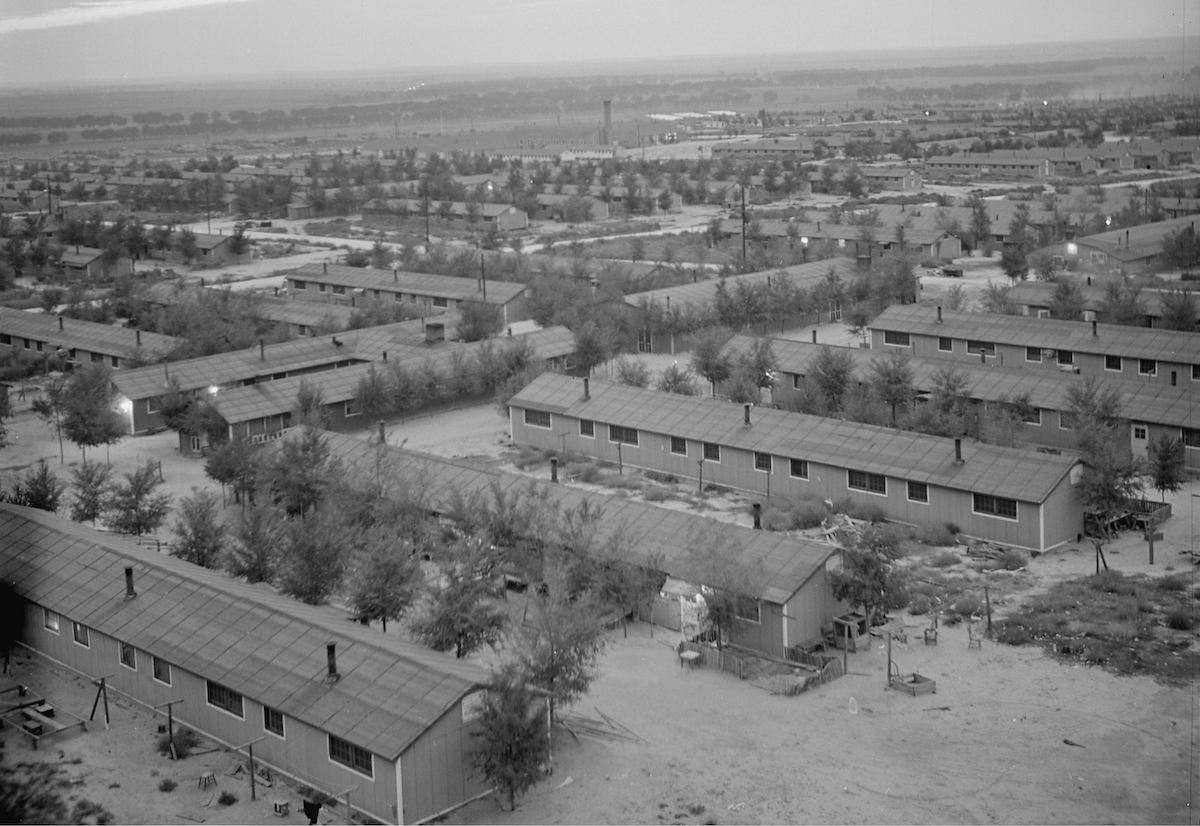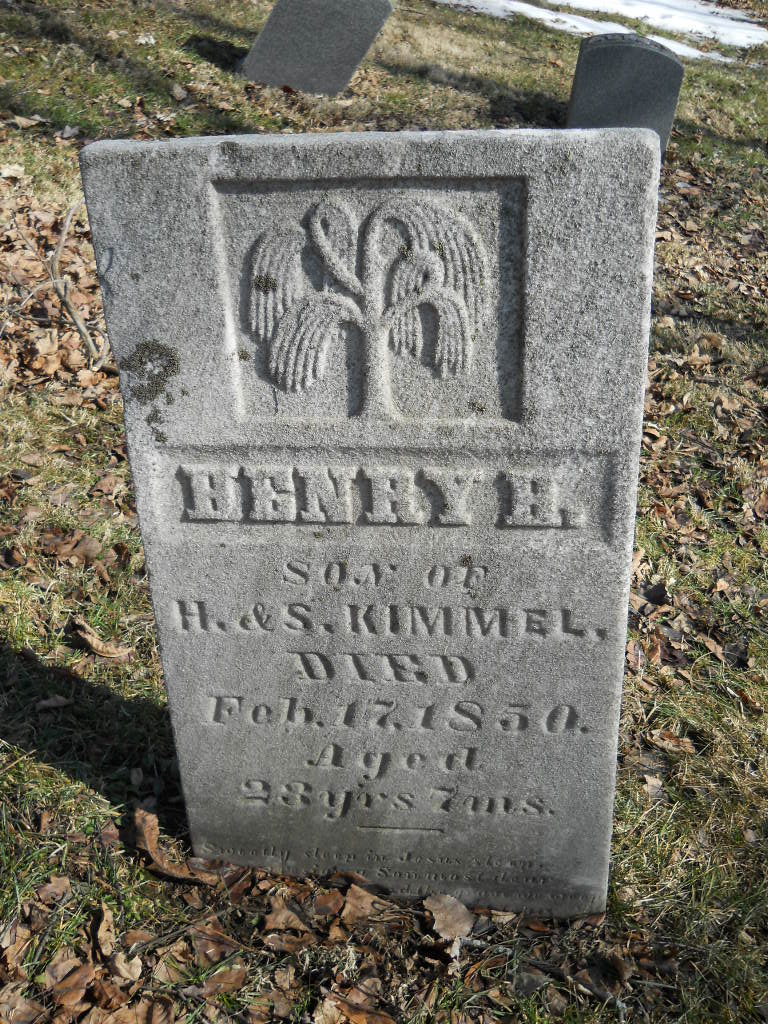Smith spent several weeks outside in 90-plus degree days working in the chalky, hard soil at the Granada Relocation Center, also known as Camp Amache, in Colorado.
In the open, mostly desolate area, even the wind was hot. “You’d think a breeze would cool you off — but not out there. Even when in the shade, it’s hot.”
Smith said his short-term experience with the weather was something thousands of Japanese Americans endured for years while locked behind the tall barbed-wire fences at this World War II incarceration camp. President Joe Biden’s administration recently signed a bill to federally protect the 10,500-acre site where citizens were forcibly incarcerated between 1942 and 1945.
“It’s a chapter of American history many people probably want to forget, but that’s why it needs to be preserved; we need to see how this impacted families so that we can have the reference when making decisions for the future,” Smith said.
Under the guidance of University of Denver Anthropology Professor Bonnie Clark, Smith was one of the 10 students nationwide who assisted with ongoing field study research at the site during the past four weeks. A field study is a survey or dig that finds fragments of items showing how people lived during a certain time.
While there, Smith said researchers discovered that a shallow body of water — previously thought to be a pond — had a drain. “The pond was being excavated, and they discovered a cement bottom with a pipe drain. So now we are pretty sure it could be used as a fountain for special occasions. More work needs to be done to confirm this, but it was really interesting to find the existence of a feature that we previously didn’t know was there.”
Smith said he also heard first-person experiences during Community Day, which is when survivors, their families and others in the Granada, Colo., community are invited to tour the former camp and share their oral histories.
Smith, who gave tours of the reconstructed Recreation Hall, said people recalled the sweltering heat and they talked about the ant infestations. But there were positive associations when it came to how the residents creatively channeled their talents and cultivated the land.
“There were gardeners. Even though the land was harsh, they knew what to do with the soil to make plants grow. They are proud of that. We’ve seen evidence of the nicely laid out gardens through careful placement of stones, wood that was repurposed for fencing, and a rose bush. This is not an environment where you’d expect to see a rose bush. They channeled their stress and anxiety into ways to create beauty around them,” said Smith. The Amache Rose — which has a bright pink flower — bloomed for the first time in 80 years in May.
Smith said the Amache Field Study experience is one he’ll never forget in his personal or professional life. And it will help shape his future career as an archaeologist.
“Archeologists of the past had a bad habit of taking things without talking to the community about what they were doing — it was the Indiana Jones mentality,” Smith said. “But that isn’t the best way to preserve history or learn from it. People are the drivers of history. So it’s important to, when possible, make sure the people and the community are involved. We are uncovering the past to educate people who may not know about a site — but the work should also empower the people who do.”
The Research: Free Church Cemetery Gravestone Iconographic Analysis






